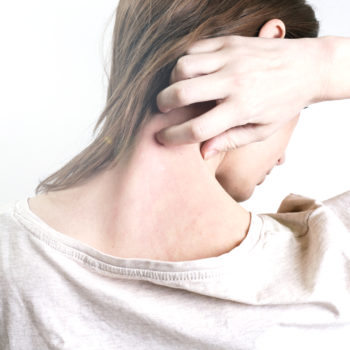Fingers and toes that first become pale and then bluish, and appear cold to touch, like “frozen”. This is a rather common phenomenon, called Raynaud’s phenomenon or disorder, and it does not only affect the fingers and toes, but it can also affect the lips, nose and ears – explains Professor Carlo Selmi, Head of Rheumatology and Clinical Immunology at Humanitas Hospital and lecturer at the University of Milan.
Unleashed by the cold climate but also by stressful situations, women aged between 15 and 30 are particularly affected by this disorder. In people suffering from it, the extremities suddenly become pale, then bluish, due to the interruption of the blood flow to the fingers. When blood circulation resumes after a period of up to 20 minutes, the patient may experience intense tingling of the fingers, sometimes associated with pain, sensation of strong pulsation and even swelling. Generally, Raynaud’s disorder, the most common one, is not associated with other diseases and disorders, which may disable the patient, and in this case we are talking about a primitive Raynaud phenomenon; Raynaud, a more rare secondary phenomenon, is associated instead with connective tissue pathologies (systemic slerosis, systemic lupus erythematosus, Sjogren’s syndrome), vascular diseases, carpal tunnel syndrome and even the use of some drugs, or it can be associated with pulmonary hypertension, a serious complication of the pathology. Although the causes of Raynaud phenomenon are not entirely clear, it is known that lifestyle can also cause it, such as cigarette smoking and vibrating activities, such as using a pneumatic hammer or playing piano. In general, if the phenomenon appears at a young age, with a family history of similar events and negativity of autoantibodies, it is highly likely to be a primitive picture.
What can be done to prevent a “Raynaud attack”?
Since the cold can trigger an attack, it may be helpful to:
In winter, outdoors:
- Keep the extremities affected by the Raynaud phenomenon warm with gloves, socks and warm boots, scarf to cover the nose, and ear covers
- Wear clothes with cuffs on top of the gloves to prevent cold air from reaching the hands.
- Use self-heating gloves
- Warm the car well for a few minutes before removing the gloves to drive it, especially if outside temperatures are low.
- Stay at home or in heated rooms
- Wear one or more layers of socks
- Wear gloves or cover hands with sweater or shirt cuffs when taking food from the refrigerator or freezer.
- In winter, wear socks to bed as well
- In summer, even air conditioning can trigger an attack
- Avoid overly conditioned environments
- Cover your hands even when holding cold glasses.









